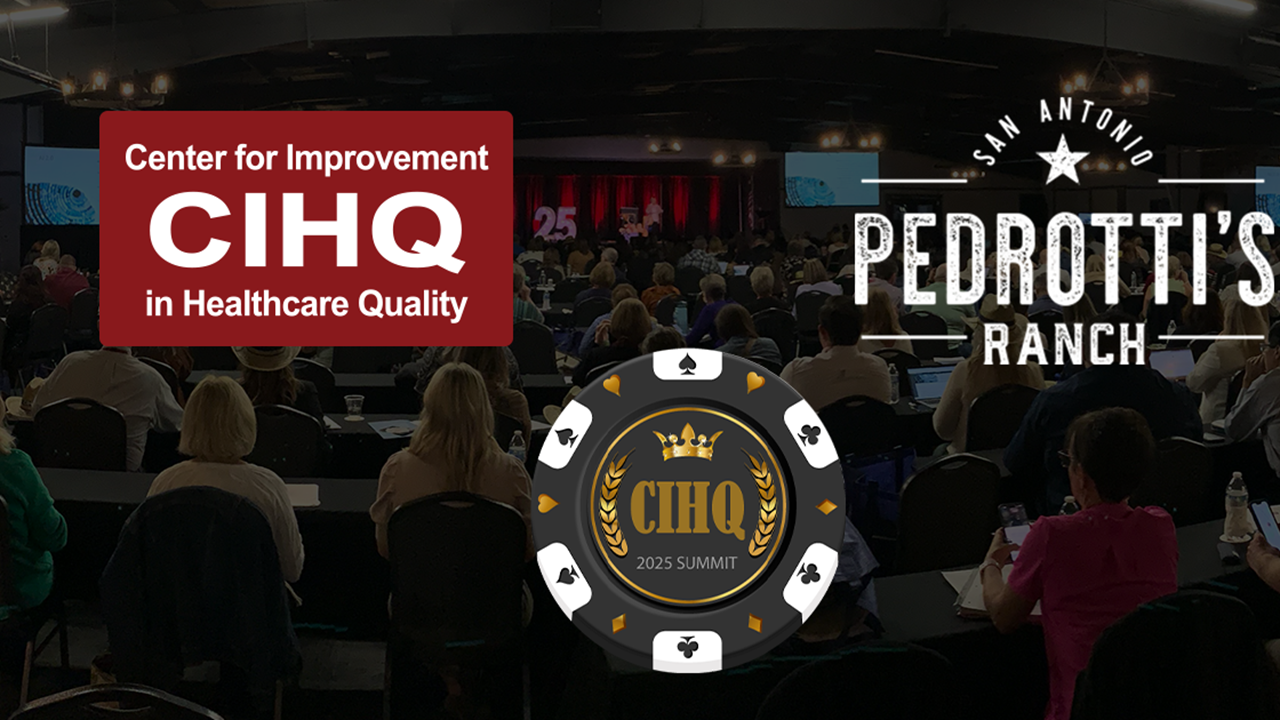What’s a Rich Text element?
The rich text element allows you to create and format headings, paragraphs, blockquotes, images, and video all in one place instead of having to add and format them individually. Just double-click and easily create content.
Static and dynamic content editing
A rich text element can be used with static or dynamic content. For static content, just drop it into any page and begin editing. For dynamic content, add a rich text field to any collection and then connect a rich text element to that field in the settings panel. Voila!
How to customize formatting for each rich text
Headings, paragraphs, blockquotes, figures, images, and figure captions can all be styled after a class is added to the rich text element using the "When inside of" nested selector system.
- This is a list item
- Another list item
- Numbered item
- Another numbered item
Some link
In hospitals, energy management is no longer just about cost savings - it is a critical component of sustainability, regulatory compliance, and patient care. As a healthcare facility director, optimizing energy efficiency while ensuring adherence to new and existing standards is key. Strategies for efficient energy management in hospitals, emphasizing regulatory considerations, and the role of effective asset management in reducing energy consumption is not the future. It is here now.
The Growing Importance of Energy Management in Healthcare Facilities
Hospitals are among the most energy-intensive facilities, operating 24/7 to support critical patient care needs. According to the U.S. Department of Energy, hospitals consume nearly 2.5 times the energy per square foot compared to commercial office buildings. This high energy demand stems from the need for lighting, HVAC systems, medical equipment, and specialized climate controls in operating rooms and laboratories.
Rising energy costs, increased scrutiny on carbon footprints, and tightening regulations make energy efficiency a top priority for healthcare facility managers. Improved energy management not only reduces operational costs but also contributes to sustainability goals and regulatory compliance.
Regulatory Standards Governing Energy Use in Hospitals
1. The Energy Policy Act (EPAct) and ASHRAE Standards
The Energy Policy Act (EPAct) mandates efficiency improvements across various sectors, including healthcare. Compliance with ASHRAE 90.1, a widely adopted energy efficiency standard, ensures that hospitals meet minimum efficiency requirements for HVAC, lighting, and building envelopes. Healthcare facilities should evaluate energy conservation measures that align with ASHRAE standards to maintain compliance and optimize energy use.
2. The Joint Commission and CMS Energy Standards
The Joint Commission, in conjunction with the Centers for Medicare & Medicaid Services (CMS), has incorporated energy efficiency considerations into facility safety and operational effectiveness. Hospitals are expected to follow CMS’s Conditions of Participation (CoP) regarding equipment maintenance, energy consumption tracking, and sustainability efforts to maintain accreditation and reimbursement eligibility.
3. LEED and ENERGY STAR Certifications
The Leadership in Energy and Environmental Design (LEED) and ENERGY STAR for Healthcare programs set benchmarks for energy-efficient hospital designs and operations. Achieving these certifications not only enhances sustainability but can also improve a hospital’s reputation and financial incentives through tax benefits and grant funding.
4. Local and State Regulations
Many states have enacted stringent energy efficiency mandates, requiring hospitals to implement benchmarking, reporting, and carbon reduction plans. For example, California’s Title 24 Building Energy Efficiency Standards impose strict regulations on healthcare facilities, ensuring they incorporate energy-efficient technologies in new and existing buildings.
How Better Asset Management Drives Energy Efficiency
Asset management plays a crucial role in energy conservation. By leveraging Computerized Maintenance Management Systems (CMMS) and Facility Compliance Management Software such as Soleran Healthcare, hospitals can track, maintain, and optimize energy-consuming assets more effectively.
1. Preventive and Predictive Maintenance for HVAC and Medical Equipment
HVAC systems account for nearly 40% of hospital energy use. Implementing preventive and predictive maintenance strategies ensures that:
- HVAC units operate at peak efficiency, reducing energy waste.
- Air handling systems are cleaned and calibrated regularly to prevent overconsumption.
- Sensors and smart thermostats optimize climate control based on real-time occupancy data.
Similarly, medical imaging and surgical equipment require regular inspections to prevent energy spikes due to inefficient performance.
2. Smart Building Automation Systems (BAS)
Modern hospitals leverage Building Automation Systems (BAS) to monitor and control energy-intensive assets. These systems integrate:
- Lighting controls: Automatically adjust illumination levels based on occupancy and daylight availability.
- HVAC optimization: Synchronizes temperature and airflow in different hospital zones to prevent unnecessary cooling or heating.
- Real-time analytics: Provides actionable insights into energy patterns, identifying areas for improvement.
3. Energy-Efficient Retrofitting for Existing Facilities
Older hospitals can significantly improve energy efficiency through strategic retrofits, such as:
- LED Lighting Upgrades: Reducing lighting energy consumption by up to 50%.
- High-Efficiency Boilers and Chillers: Enhancing thermal efficiency and lowering energy expenditures.
- Low-Flow Water Fixtures: Decreasing energy usage related to water heating.
4. Renewable Energy Integration
Hospitals can reduce dependency on traditional energy sources by adopting solar panels, cogeneration systems, and geothermal heating. While initial investments may be substantial, long-term operational savings and tax incentives make renewable energy integration a viable strategy for modern healthcare facilities.
Data-Driven Energy Management and Compliance Tracking
Hospitals that invest in energy monitoring software gain access to real-time data that improves decision-making. These tools help facility managers:
- Track energy consumption trends across different hospital departments.
- Generate compliance reports for state and federal energy audits.
- Implement energy-saving initiatives based on predictive analytics.
By aligning energy management strategies with regulatory compliance requirements, hospitals can avoid penalties, secure funding opportunities, and enhance overall efficiency.
Case Study: Gundersen Health System’s Energy Efficiency Initiative
Gundersen Health System, based in La Crosse, Wisconsin, successfully implemented a comprehensive energy management strategy to achieve energy independence and significant cost reductions. Through a combination of energy conservation measures and renewable energy investments, the healthcare system achieved a 25% reduction in annual energy consumption while enhancing sustainability and operational efficiency.
Key Initiatives Implemented:
- Energy Audits: Comprehensive assessments identified inefficiencies and areas for improvement.
- Equipment Upgrades: Transitioned to energy-efficient lighting, HVAC systems, and optimized medical equipment performance.
- Renewable Energy Projects: Developed on-site solar, wind, and biogas energy projects to reduce reliance on nonrenewable energy sources.
- Building Automation Systems (BAS): Integrated real-time monitoring and control systems to optimize energy use across hospital facilities.
These strategies not only reduced operational costs but also positioned Gundersen Health System as a national leader in healthcare sustainability. Their efforts have been recognized by industry organizations, including the U.S. Department of Energy and ENERGY STAR. (Commonwealth Fund - Lowering Health Care Costs Through Energy Efficiency)
Efficient energy management in hospitals is a strategic imperative for facility directors and managers. By adhering to regulatory standards, optimizing asset management, and integrating smart technologies, healthcare facilities can reduce energy consumption, lower operational costs, and improve compliance. The future of hospital energy efficiency lies in data-driven decision-making, proactive maintenance, and sustainability-driven infrastructure investments.
As regulations continue to evolve, facility managers must remain proactive in adopting energy-efficient practices that benefit both their institutions and the communities they serve. Investing in energy management today ensures a more sustainable, cost-effective, and compliant healthcare environment for years to come.
Rising energy costs, increased scrutiny on carbon footprints, and tightening regulations make energy efficiency a top priority for healthcare facility managers.










.svg)














.svg)


.png)



.svg)
.svg)
.png)